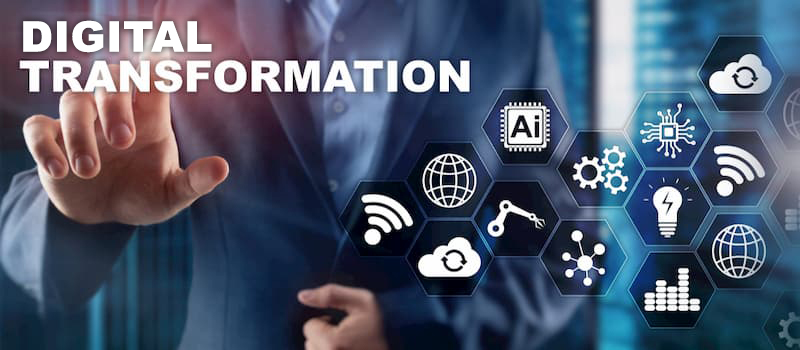There are some vivid, first-time experiences we remember for life. Among them is the arrival of our first payslip, coupled with the symbolic realization that finally, we’re independent, self-supporting and free!
That first payslip is also the beginning of a long series of salary statements that build up, year after year, throughout your career. Each must be safeguarded and kept as proof, enabling you to claim retirement benefit in 40 or 50 years’ time.
Payroll systems were first recorded during the 5th century. Our Greek ancestors would chisel the information onto tablets – the clay type. For centuries, this system went more or less unchanged, until today, where we’re witnessing a major transformation in going paperless. Previously hand-delivered to our desk or mailed to our home at each month end, the printed version of our salary statements is gradually being delivered online.
As well as keeping pace with the digital revolution, digitized payslips carry multiple benefits, for both employers and employees. They :
E-payslip adoption levels vary according to country, company size and even generation of employees. Large enterprises are the pioneers in embracing electronic payslips as part of their digital transformation journey. SMEs have been slower to endorse them. Millennials, the born-digital workers of the future, approve, even expect to receive their monthly pay slips virtually. Baby Boomers are more reticent, preferring to opt-out and receive the traditional paper version.
Some governments have been the catalyst in promoting the shift to paperless. The El Khomri Employment Act in France, for example, simplified what was previously a long and complex series of acronyms and numbers. In parallel, the legislation set out clear guidelines and regulations as to how paperless payslips should be handled including, document integrity, availability, accessibility, confidentiality and compliance with GDPR.
These guidelines provide a strong framework for HR payroll processing in organizations both in and out of Europe. At Arvitam we consider them the core best practices in digital records management.
Arvitam archives directly from Human Resources applications via a wide range of connectors. Designed to handle very large data volumes, Arvitam provides seamless, end-to-end automation of Human Resources workflow processing, including archiving of multiple document types such as e-payslips, contracts, employee files, expense reports and expands to deliver digital continuity as business needs evolve.
Arvitam adapts to Human Resources departments as well as every type of business department across the enterprise. Arvitam ensures highly-secure, long-term electronic archiving with evidentiary value. As an open system, Arvitam guarantees constant access and full compliance with regulatory standards.
If you would like to discuss your organization’s requirements for digitization within your Human Resources department, please contact us. We’d love to hear from you.
